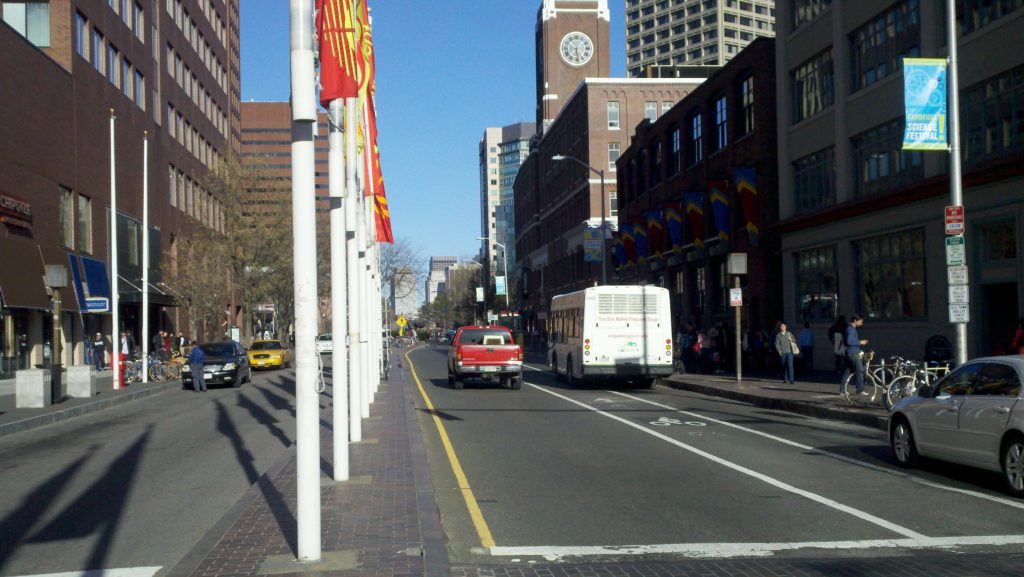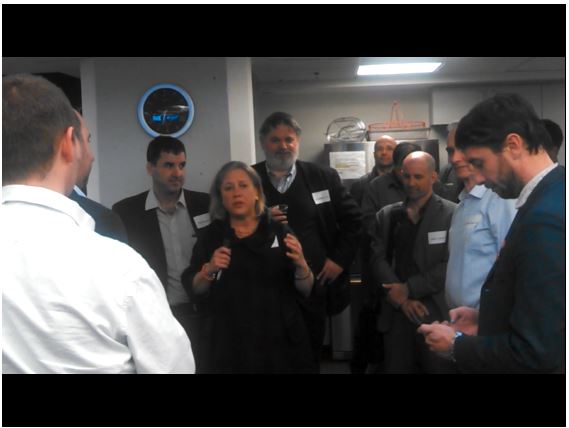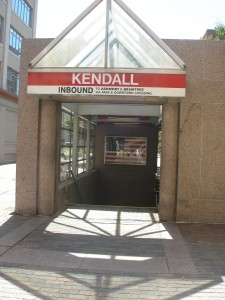Flagship event for Mass Life Science Innovation to address question of creativity, June 3, 2014, in Boston
On Tuesday, June 3, the Massachusetts Life Science Center (MLSC) will host its 7th Mass Life Sciences Innovation Day at the Harvard Club on Commonwealth Avenue, in Boston. Billed on its Website as “the biggest day for life sciences startups and innovation in the Commonwealth of Massachusetts,” Mass Life Science Innovation Day is “a high-energy, hands-on event” at which scientific leaders and business experts mingle with scientists, post-docs, professors, entrepreneurs, innovators, and venture capitalists.
“This is one of the best opportunities to hear about trends affecting life sciences start-ups and to learn about new technologies that are ready for commercialization, ” according to Abigail Barrow, Director of the Massachusetts Technology Transfer Center and the conference chair,
A central question to be addressed at the event involves creativity, according to Barrow. That is, can researchers still be creative with the organizational and financial demands that are placed on research environments? Do corporations and academics still have the courage to allow their teams to be really creative? If you want to do interesting and exciting science can you still get the funding? How does business and finance leadership view creativity?
“Our speakers and panelists will discuss the current battle to create innovation friendly environments and its impact on entrepreneurs and young researchers finding jobs.”
The morning session will feature a keynote address by Mark Levin, who will speak about how Third Rock, the venture capital firm he founded, invests in new companies.
Brock Reeve, Director of the Harvard Stem Cell Institute, will be the luncheon speaker.
Morning and afternoon breakout sessions featuring more than 40 speakers will cover scientific topics such as indication selection, experiment design and managing research programs as well as entrepreneurial topics including “how to join the venture capital club,” how to pitch your new idea, and “where to find money to fund your start-up.”
Some 30 early-stage companies and major research institutions will present posters and compete for prizes to be awarded at the close of the day by State Senator Karen Spilka. The award-winners will be chosen by 20 Life Science CEOS and biotech leaders who will also attend a closing reception. The reception will include an Innovators Marketplace offering resources needed to commercialize an invention.
More information on the program and registration is available on the MLSC website at –http://www.mattcenter.org/malsi-day-2014/home.html .
Here’s a link to the agenda and a complete list of speakers.
Conference fees range from $60 for students to $550 for two marketplace exhibitors.
Massachusetts Life Sciences Innovation Day was developed by the Massachusetts Life Sciences Start-up Initiative (MALSI)–a platform organization that brings together all major public and private entities in the State that are committed to building the next generation of Massachusetts companies. MALSI’s mission is to ensure that Massachusetts maintains its lead as the #1 region in the world to start, nurture and grow life sciences companies. MALSI partners include: Massachusetts Technology Transfer Center, MassBio, Mass Medical Angels, TiE Boston, and several major universities and research hospitals.
–Anita M. Harris
Anita Harris is an author, photographer and communications consultant based ib Cambridge, MA.
New Cambridge Observer is a publication of the Harris Communications Group, an award-winning PR and marketing firm based in Cambridge, MA.



 Newspapers have long kept tabs on the changing world–but have themselves been slow to modernize. To flourish these days,
Newspapers have long kept tabs on the changing world–but have themselves been slow to modernize. To flourish these days,